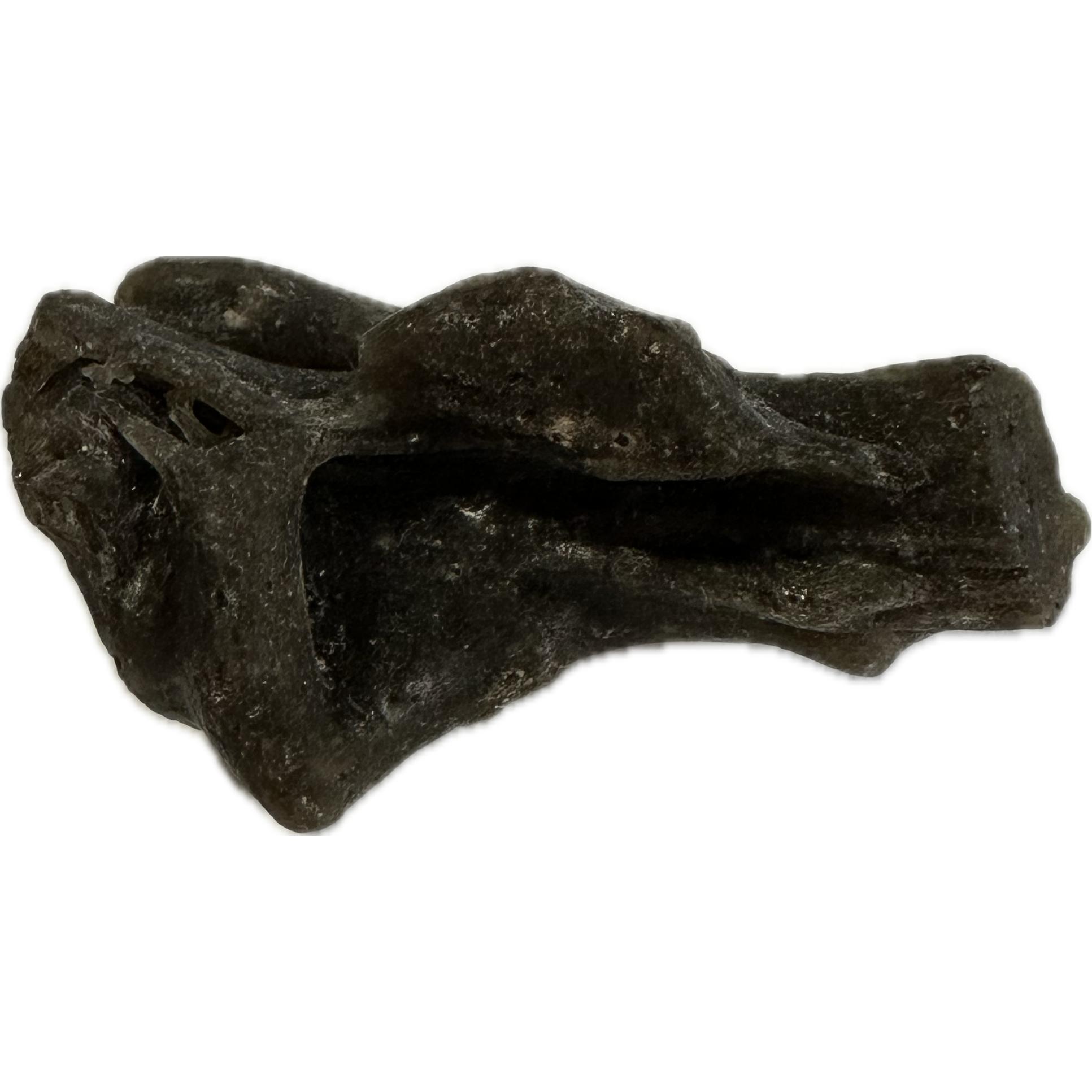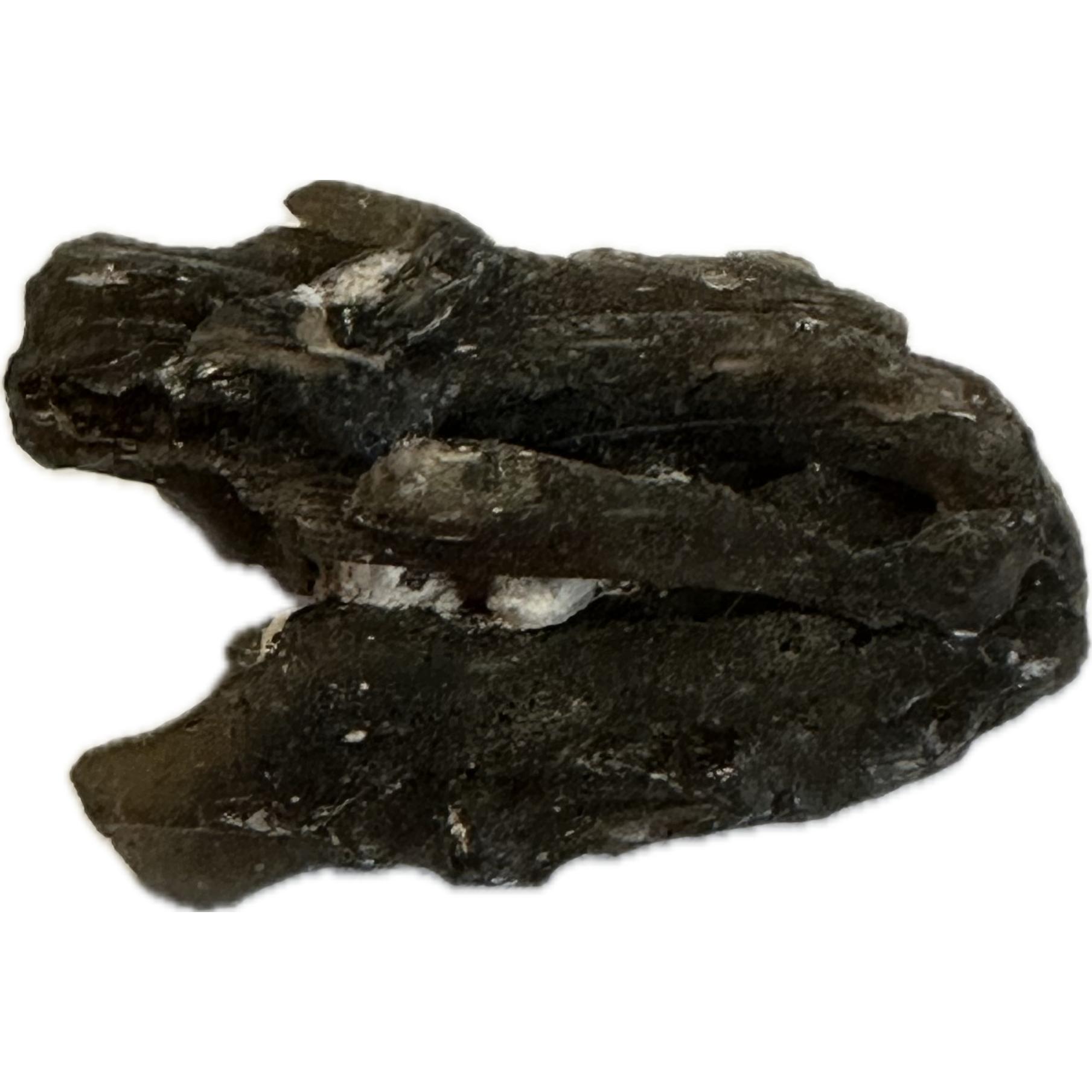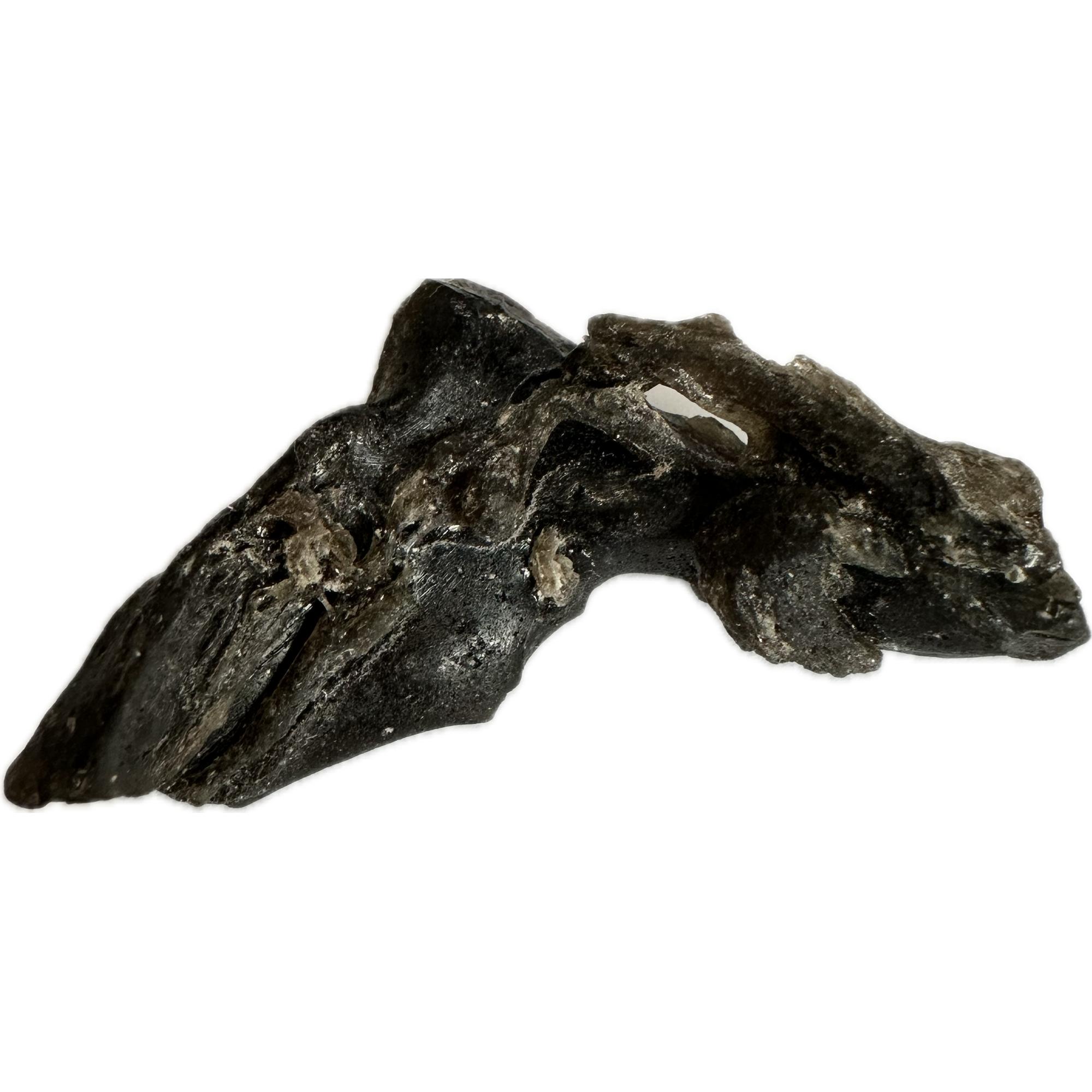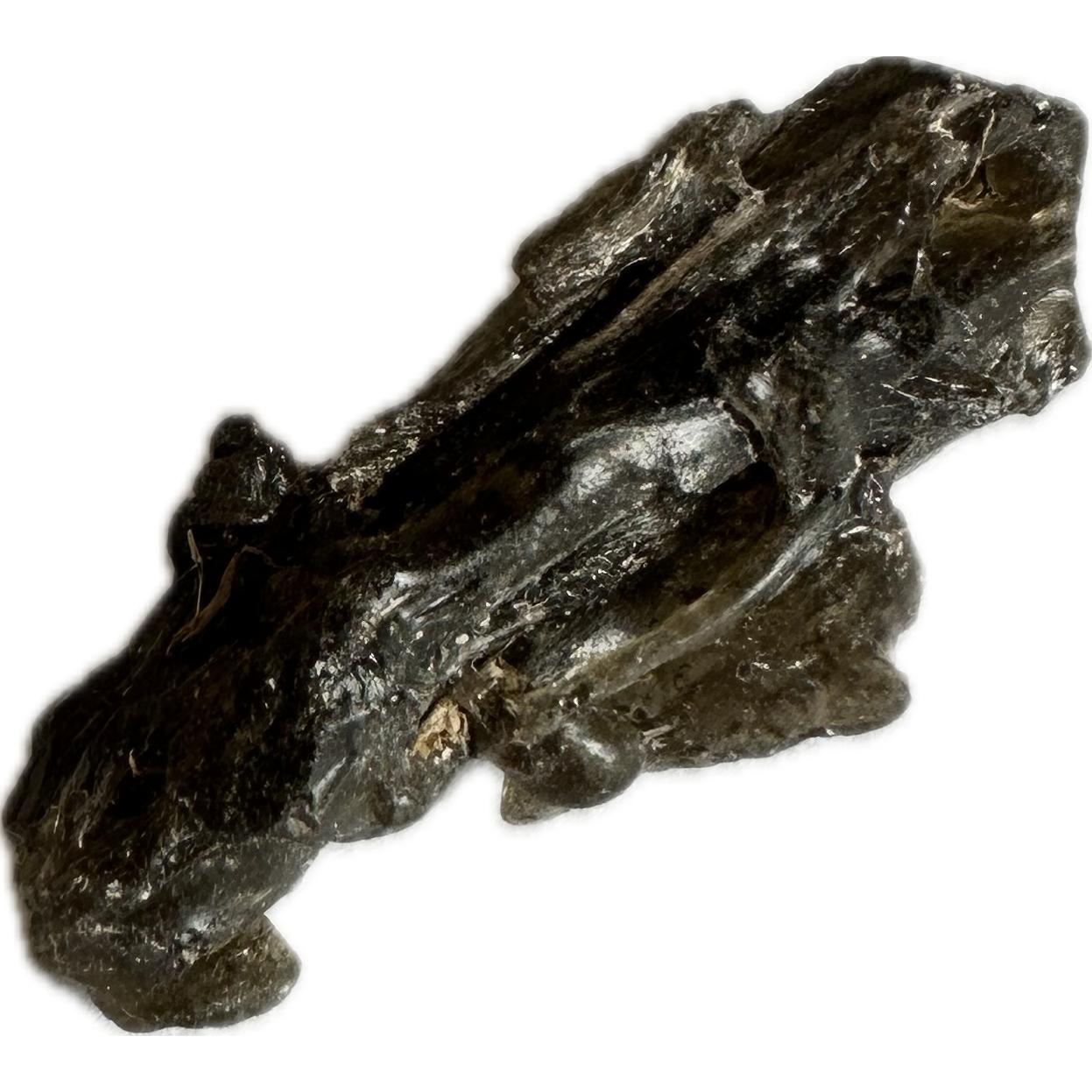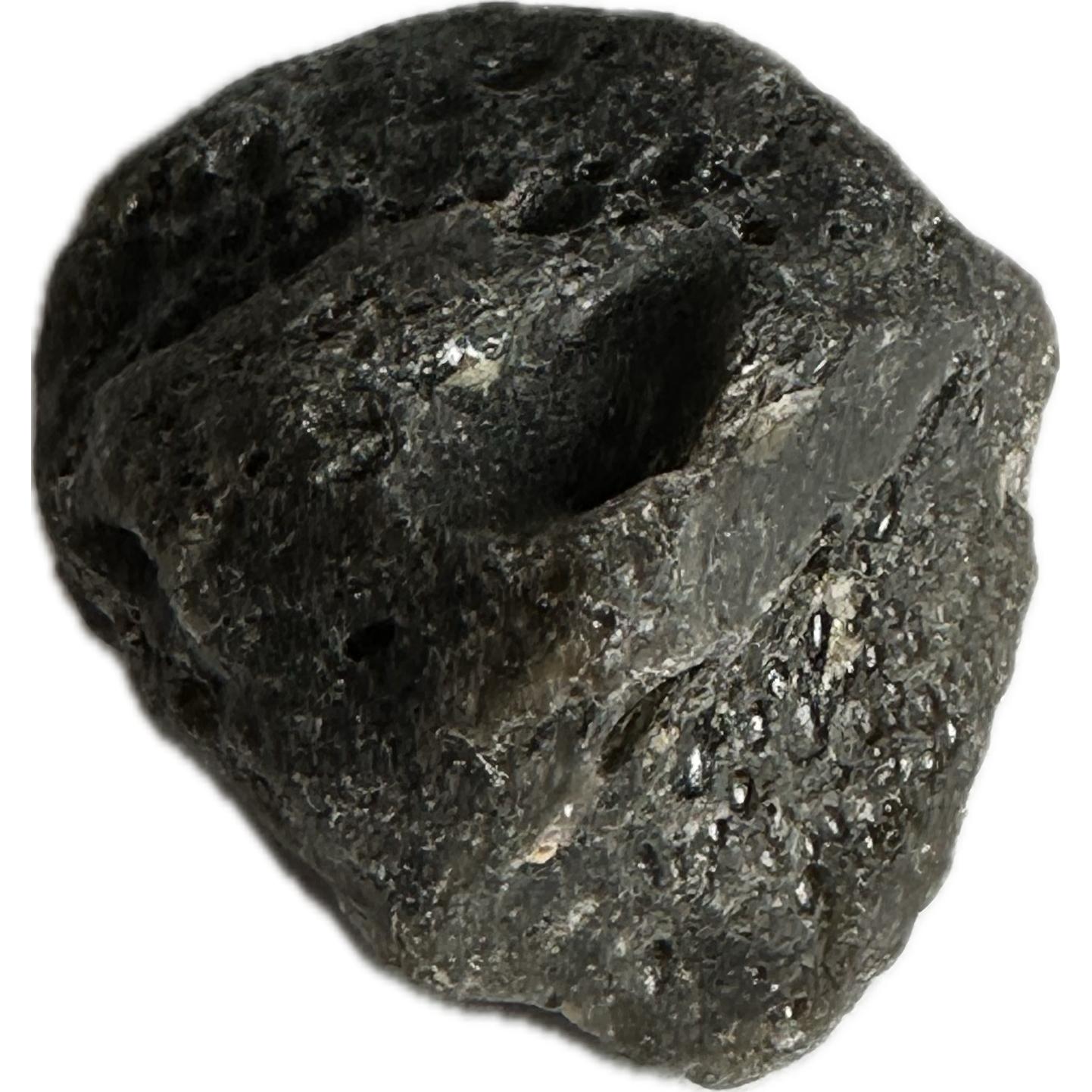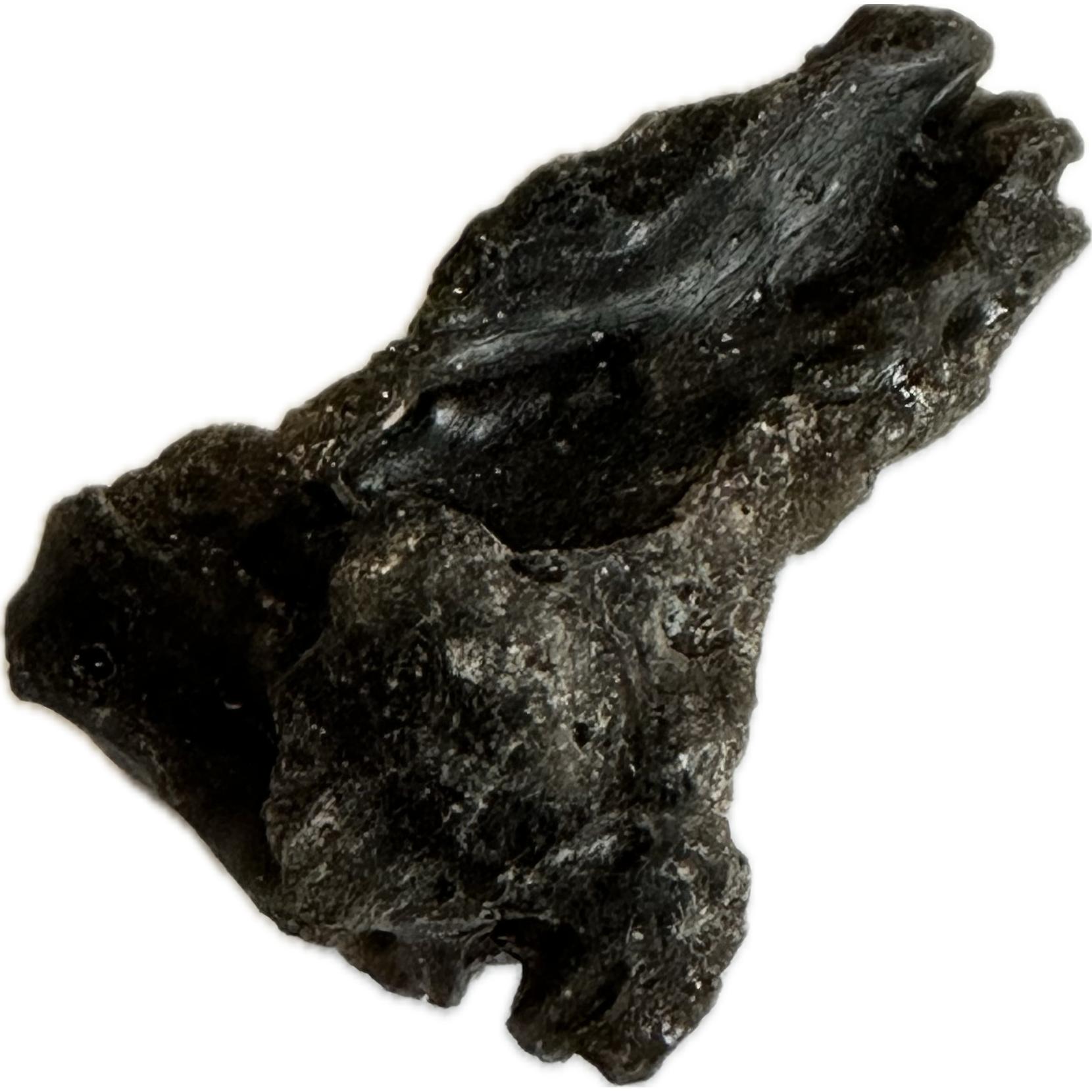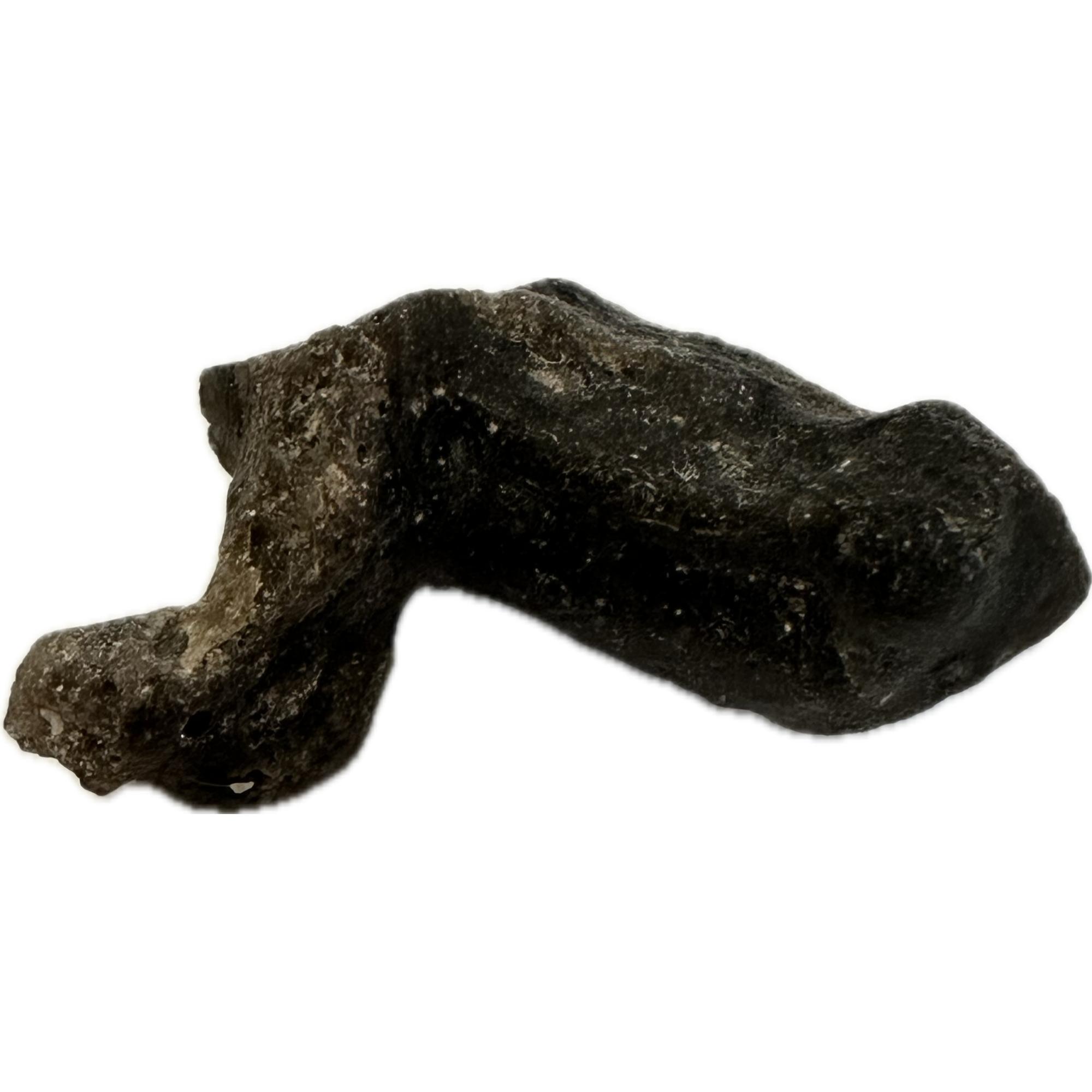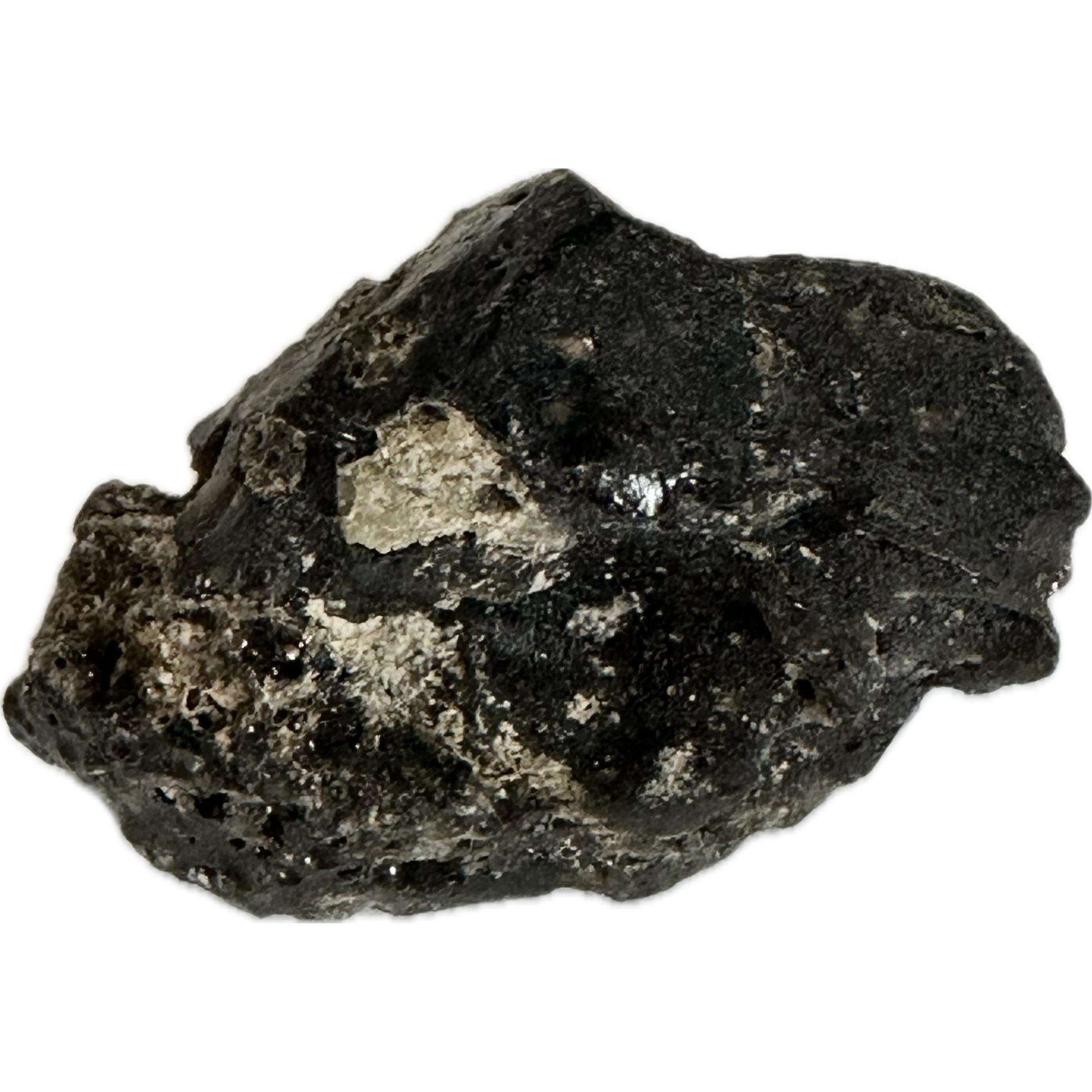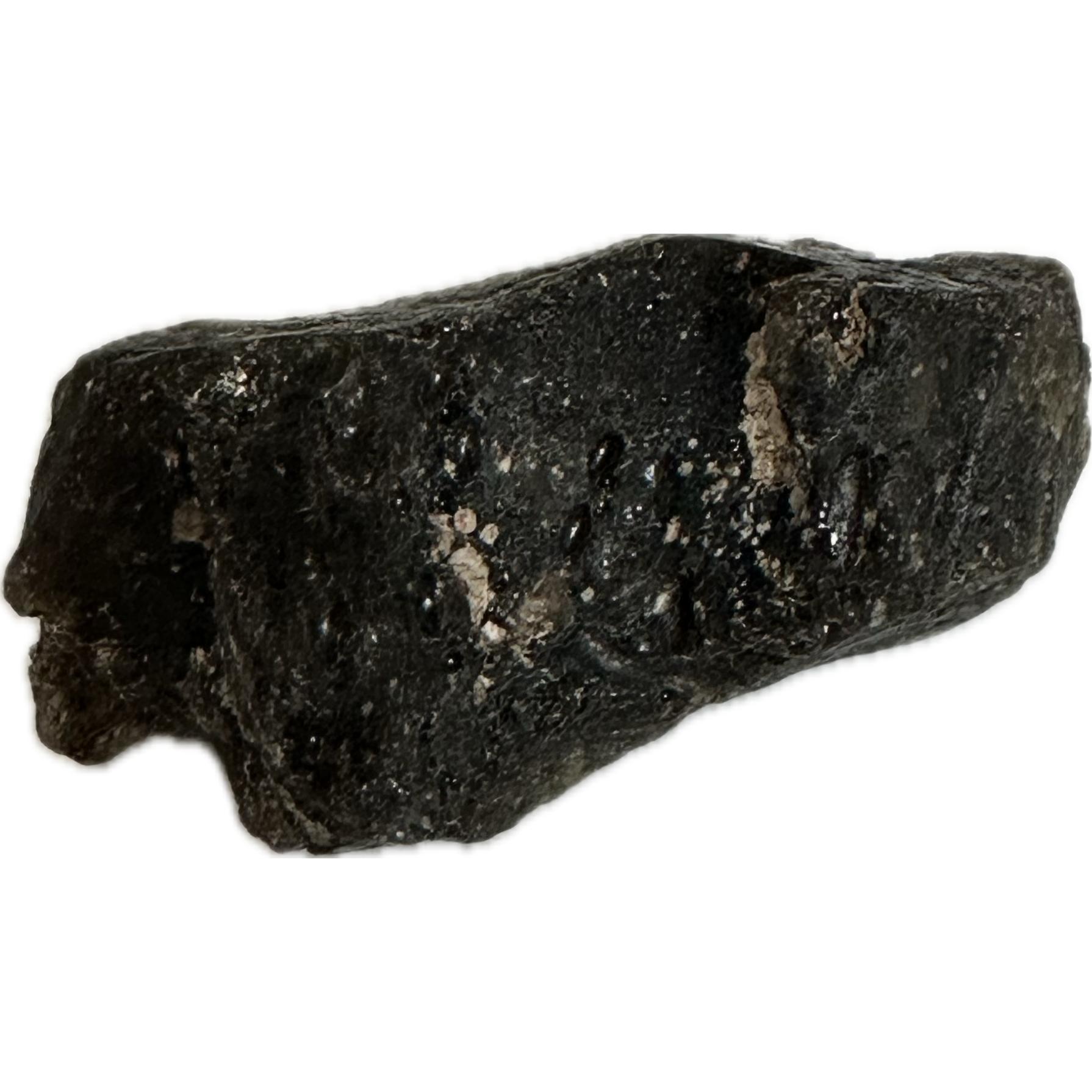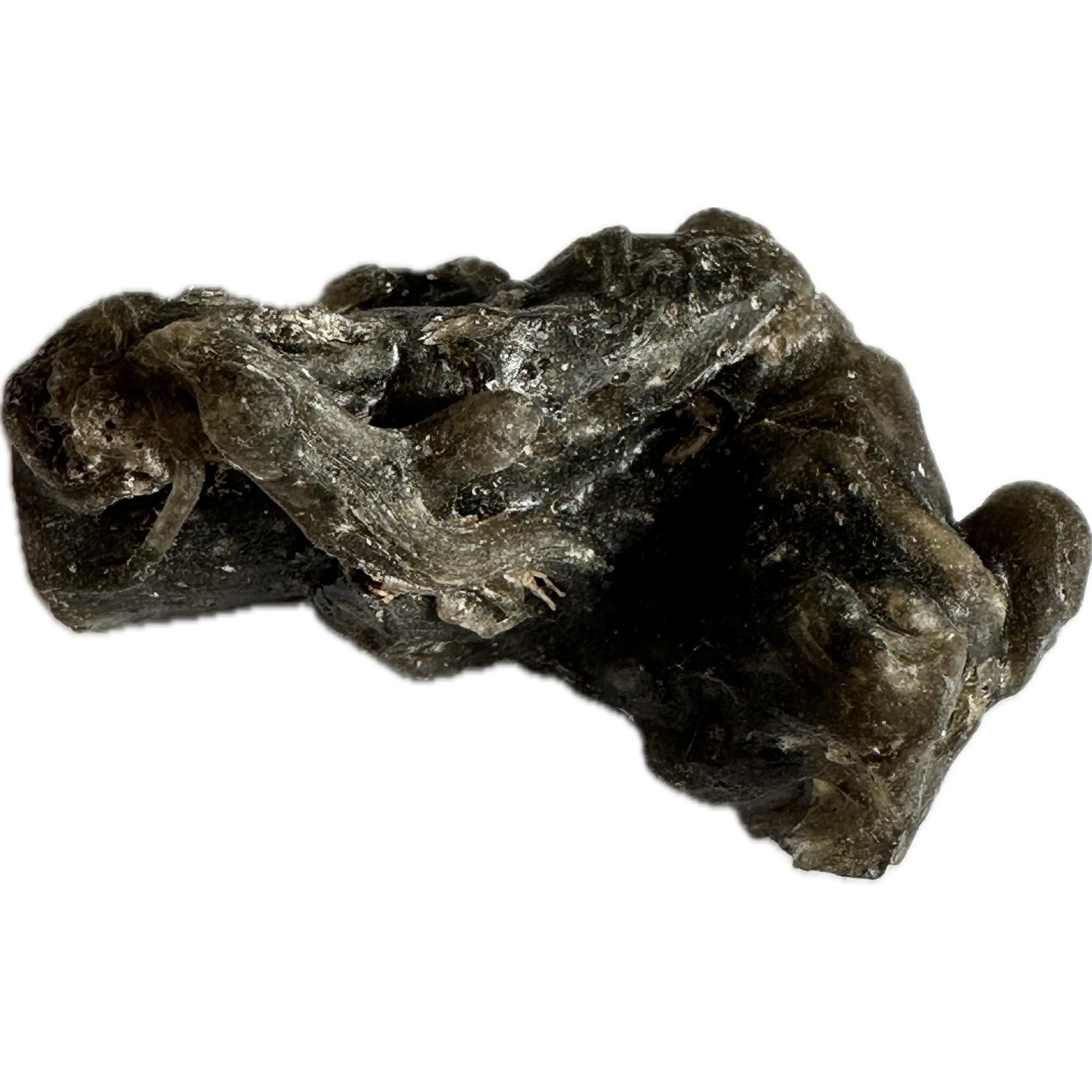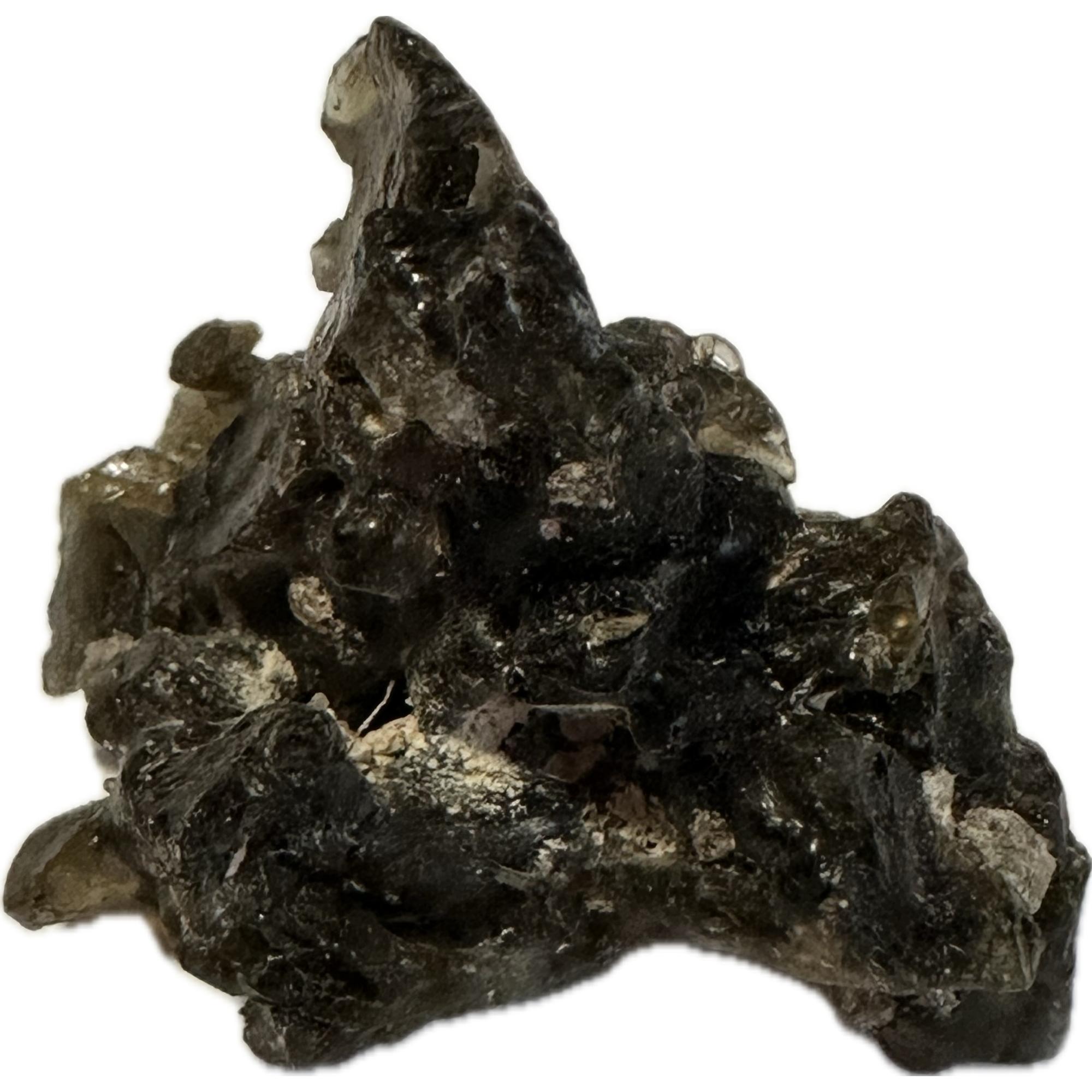Showing all 11 results
-
Darwin Glass, 6.00g specimen
$45.95 -
Darwin Glass, 5.80g tektite
$37.95 -
Darwin Glass,10.45 grams
$34.95
Darwin Glass, also known as Darwinite, is a type of impact glass found in the remote and rugged landscape of the Mount Darwin area in western Tasmania, Australia. It is believed to have formed approximately 800,000 years ago during a meteorite impact event.
This glassy material is characterized by its greenish-yellow to olive-green color and its glassy, translucent appearance. It often occurs in the form of small fragments or teardrop-shaped pieces, ranging from a few millimeters to several centimeters in size. Darwin Glass is highly prized by collectors and researchers alike for its unique origin and intriguing properties.
Scientifically, Darwin Glass provides valuable insights into meteorite impact events and the processes involved in the formation of impact glasses. The intense heat and pressure generated by the meteorite impact melted the surrounding rocks, creating a molten mass that was ejected into the atmosphere. As this molten material cooled rapidly upon re-entry into the Earth’s atmosphere, it solidified into glassy tektites, forming Darwin Glass.
Studying Darwin Glass helps scientists understand the dynamics of impact events and their effects on terrestrial materials. Chemical and isotopic analyses of Darwin Glass have revealed valuable information about its composition and origin, shedding light on the geological processes that occurred during its formation.
Darwin Glass is named after the nearby Mount Darwin, which in turn was named after the famous naturalist Charles Darwin. The remote and rugged terrain of the Mount Darwin area makes collecting Darwin Glass a challenging endeavor, adding to its allure for collectors and researchers alike.
Overall, Darwin Glass is a fascinating and valuable geological phenomenon that offers valuable insights into the dynamic processes of our planet’s history. Its unique origin and distinctive properties make it a prized specimen in both scientific and collector communities.

